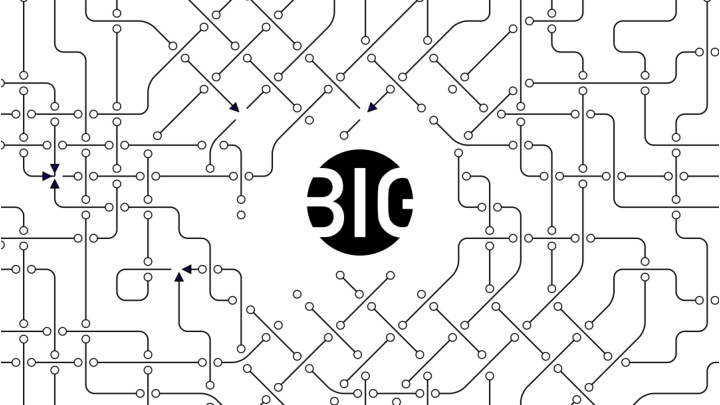



18 th Monthly Meetup Thursday, August 24 | UST Global, Trivandrum
Show of Hands Should I skip the intro?
History of Bitcoin 2009 ● Satoshi Nakamoto ● Bitcoin ● Cryptocurrency ● Blockchain ●
Blockchain: Definition A datastore that is: Tamper-proof ● Decentralized ● Uncensorable ● Slow ●
Who? Rakesh BS ● Co-founder of Qucentis & BIGOrg ● Currently building a Blockchain based product ●
Immutability Blockchain data structure ● Consensus protocol ●
Blockchain Linked list of hash pointers ● Tamper-proof ● Block 1 Block 2 Block 3
Cryptographic Hash Functions Collision resistant ● Non-reversible ● Efficient ● Variable length input ● Fixed length output ●
Hash Pointers Hash used as reference to data ● Ensures data is tamper-proof ●
Blockchain Linked list of hash pointers ● Tamper-proof ● Block 1 Block 2 Block 3
Consensus Protocol (Bitcoin) Mining - Process of adding new blocks ● Every node solves a puzzle and submits Proof-of-Work ● Winner gets the right to add a new block ● Winner gets the block reward ●
A Fork in the Chain Two nodes can produce blocks around the same time ● For a few block intervals, there might be two versions ● of the blockchain Mining is a random process ● All nodes follow the longest chain — the chain with the ● largest amount of work done Wait 7 blocks for confirmation ●
Fork in the Chain A Sample Network
Resolution of the Fork
An Attack Scenario A rogue node tries to replace a block ● All nodes follow the longest chain ● The collective computing power of the network will ● always be much higher than a single rogue node Hence have to redo all work done after the block ●
Who? Nikhil Mohan ● Co-founder, Lightrains ●
Hyperledger: A First Look Open source collaborative hosted by The Linux Foundation ● including leaders in: Finance ○ Banking ○ Internet of Things ○ Supply chains ○ Manufacturing ○ Technology ○
3 Big Points Trust ● Data privacy ● Auditability ●
Architecture
Ethereum v/s Hyperledger Characteristic Ethereum Hyperledger Fabric Mode of operation Permissionless, public or private Permissioned, private Consensus Mining based on proof-of-work (PoW) Broad understanding of consensus ● ● Ledger level that allows multiple approaches ● Transaction level ● Smart contracts Smart contract code (e.g., Solidity) Smart contract code(e.g., Go, Java), known as chaincode Currency Ether None ● ● Tokens via smart contract Currency and tokens via chaincode ● ●
A Use Case Problem You own a logistics company ● You and I are on a blockchain with different entities markets, shippers etc. ● We make a deal at a lower price than the market norm ● Everybody sees ●
A Use Case Solution: Hyperledger Fabric First send transaction to peer ● Peers generate a result - for transaction agreement both peers need to ● generate the same result Then send to consensus crowd for ordering ● The order crowd sends transaction back to peers and added to ledger ● The parties don’t need to know about our special price. ●
Blockchain Interest Group Thank you for your attention
Recommend
More recommend